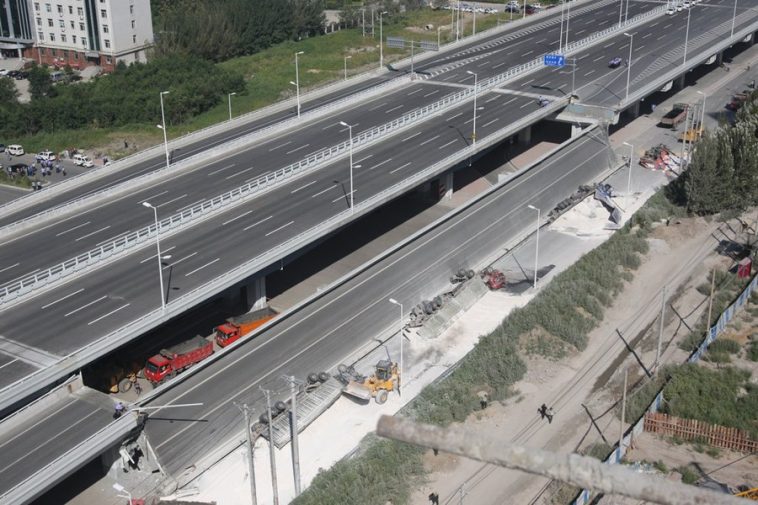crs1026
Superstar
Before I continue with determining the speed limits, I'll give you my .kmz file and some time to explore the curves I've identified and to find any curves I might have missed. Also, please let me know if you have any questions so far or struggle to see where I derived my assumptions from! As I said at the beginning, full transparency and exclusive dependence on publicly accessible sources is the only way for me to help you with modelling the HFR route...
Thanks. This is extremely helpful. Needless to say, it will take me more than a few hours to cross check your circles against to the data I have - I tried it with just the Peterboro-Havelock section, and I could replicate most of it fairly well. I have access to an old CP track chart that shows in imprecise terms where the curves are west of Havelock, and I have good archival data for the section east of there.
Even as just a primitive attempt, it's an interesting exercise to try to model the track times, just as a reality check to get one's head around what this line might produce. We may wish for our personal favourite fantasy equipment, but the obvious no-brainer to model is the Siemens equipment. Similarly, looking at what speeds the curvature might actually produce, with a credible guesstimate of the track superelevation, is revealing.
(And here I thought cashews were the most addictive thing on the planet!)
- Paul





